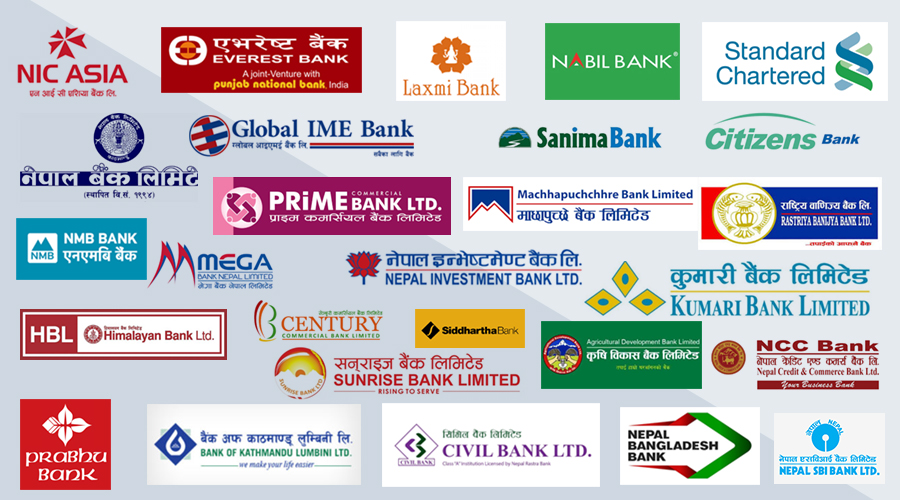Five leading banks in Nepal surpass Rs 1 billion profits amidst mergers

KATHMANDU: In a promising financial update, Nepal’s commercial banks have reported a robust start to the current fiscal year, collectively amassing net profits of NPR 16.64 billion during the initial two months.
This figure marks a notable increase of 3.34 percent compared to the corresponding period in the previous fiscal year, where the banks had secured profits amounting to NPR 16.11 billion between mid-July and mid-September in 2022/23.
Among the 20 commercial banks in Nepal, five standout performers, formed as a result of mergers in the preceding year, showcased particularly impressive earnings, each surpassing the NPR 1 billion benchmark.
Global IME Bank led the pack with a substantial profit of NPR 1.755 billion, closely followed by Nabil Bank at NPR 1.564 billion. Nepal Investment Mega Bank secured NPR 1.486 billion, Himalayan Bank achieved NPR 1.232 billion, and Kumari Bank posted NPR 1.145 billion in profits. At the other end of the spectrum, Nepal SBI Bank reported the lowest profit in this elite group, totaling NPR 273 million.
Furthermore, three government-owned banks also reported profits, although they remained below the NPR 1 billion mark. Rastriya Banijya Bank emerged as the leader in this category with earnings of NPR 870.5 million.
Meanwhile, Nepal Bank Limited and Agriculture Development Bank reported profits of NPR 707.1 million and NPR 615.6 million, respectively.
Despite these positive financial indicators, some observers have criticized commercial banks for maintaining high interest rates to maximize profits for their shareholders.
This is particularly contentious as these banks continue to hold significant liquidity reserves. As of the most recent data available, the collective deposit holdings of commercial banks reached NPR 5.165 trillion, while they extended loans amounting to NPR 4.384 trillion, as reported by the Nepal Rastra Bank.
Notably, the liquidity surplus has led to a decrease in the average credit-deposit ratio for commercial banks, which currently stands at 81.81 percent. This figure falls short of the regulator’s mandated requirement of 90 percent.
Nevertheless, despite this improved liquidity position, the base interest rate maintained by these banks remains relatively high at 10.94 percent. This discrepancy between their interest rates and liquidity levels has sparked a broader discussion on the banks’ role in facilitating more favorable lending terms for their customers.












Facebook Comment